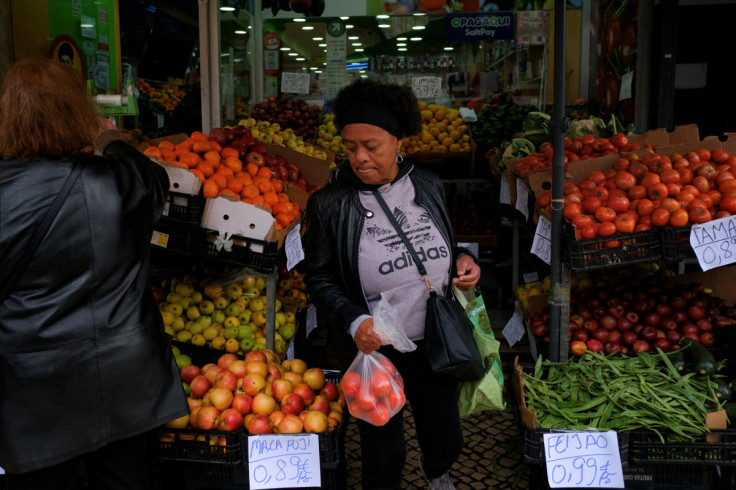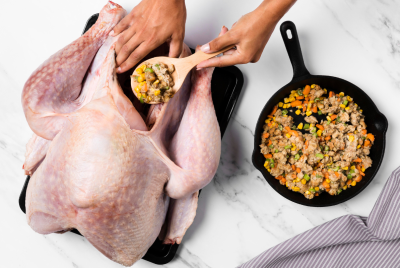Grocery price inflation sees notable decline while promotional spending rises
According to Kanta, a market research company, there was a significant 1.6 percentage point decline in grocery inflation towards the first week in July.

In the latest update from Kantar, a market research company, the four weeks leading to July 9, 2023, witnessed a notable 1.6 percentage point drop in grocery price inflation, reaching 14.9 per cent. Alongside this decline, take-home grocery sales surged by 10.4 per cent compared to the same period last year, according to the most recent statistics.
Fraser McKevitt, Kantar's Head of Retail and Consumer Analytics, remarked that this marks the fourth consecutive month of falling grocery price inflation, which bodes well for many households, albeit remaining at a notably high rate. According to him, the shift comes as promotional spending increased for the first time in two years, accounting for a little over a quarter of the entire market at 25.2 per cent.
One of the most significant changes Kantar has seen in this area, he said, is retailers increasing loyalty card deals, such as Tesco's Clubcard Prices and Sainsbury's Nectar Prices. This could indicate a shift in strategy for supermarkets that have previously focused on everyday cheap pricing, notably by offering more value own-label products, McKevitt added.
He further said despite the increase in marketing spending contributing to lower inflation, it isn't the only factor driving the change. Additionally, McKevitt stressed that prices rose fast last summer, thus the recent downturn is due in part to current data being compared to higher rates one year ago.
Households would have spent £683 more on their annual grocery bill to buy the same items a year ago at the current rate of inflation, but as McKevitt explains, consumers have adapted their habits to limit this increase.
He said: "It's clear that shoppers have dramatically changed their behaviour to combat inflation, whether by trading down to cheaper products or visiting different grocers. The average annual increase to household spending over the past 12 months has actually been £330 – well below the hypothetical £683."
According to McKevitt, it also appears that the trend toward visiting the larger stores has persisted despite the challenges. He stated that consumers are going to the supermarket less frequently than before the outbreak, but we're buying more when we do.
As Wimbledon fever swept the nation with the crowning of new tennis champions, consumers embraced the tradition of strawberries and cream. Kantar's findings showed a surge in spending on strawberries (up by 16%) and fresh cream (up by 13%) compared to the previous year. Notably, the average price of a box of strawberries rose by just one penny compared to last summer, providing some relief to shoppers.
"The first two weeks of July mean strawberry and cream for many, and this year didn't disappoint as record numbers queued to watch the action at SW19," McKevitt added.
Temperatures soared in June, and shoppers took advantage of the opportunity to fire up the grill. McKevitt pointed out that many consumers took advantage of the opportunity to enjoy some outdoor dining, with volume sales of barbecue classics such as chilled burgers increasing by seven per cent and chilled dips increasing by five per cent.
McKevitt further said: "One of the biggest shifts we've seen in this area is retailers ramping up loyalty card deals like Tesco's Clubcard Prices and Sainsbury's Nectar Prices. This could signal a change in focus by the grocers who had been concentrating their efforts on everyday low pricing, particularly by offering more value own-label lines.
"The boost to promotional spending has contributed to bringing inflation down but this isn't all that's driving the change. Prices were rising quickly last summer so this latest slowdown is partially down to current figures being compared with those higher rates one year ago."
© Copyright IBTimes 2025. All rights reserved.





















